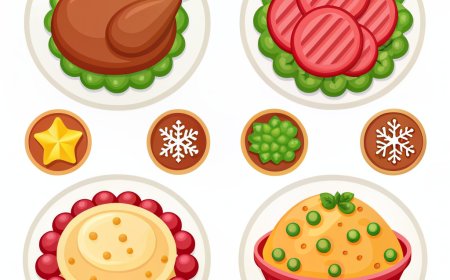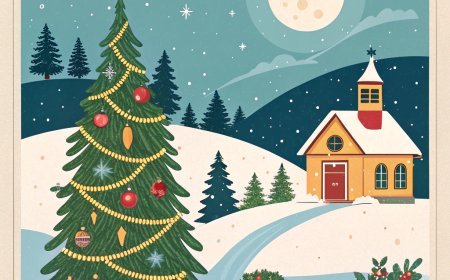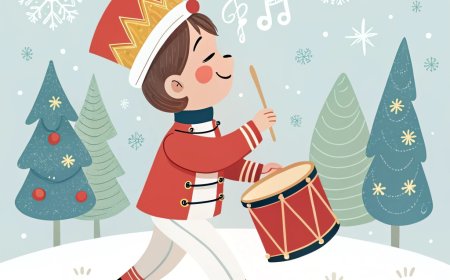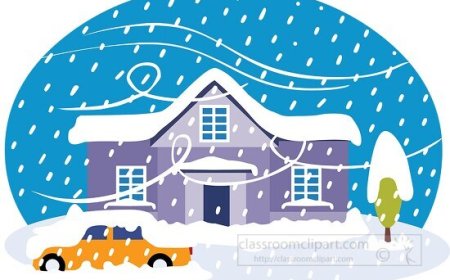Valentines Day History Traditions and Fun Facts for Students
Learn the history traditions and fun facts about Valentines Day in this student guide exploring love friendship and global celebrations
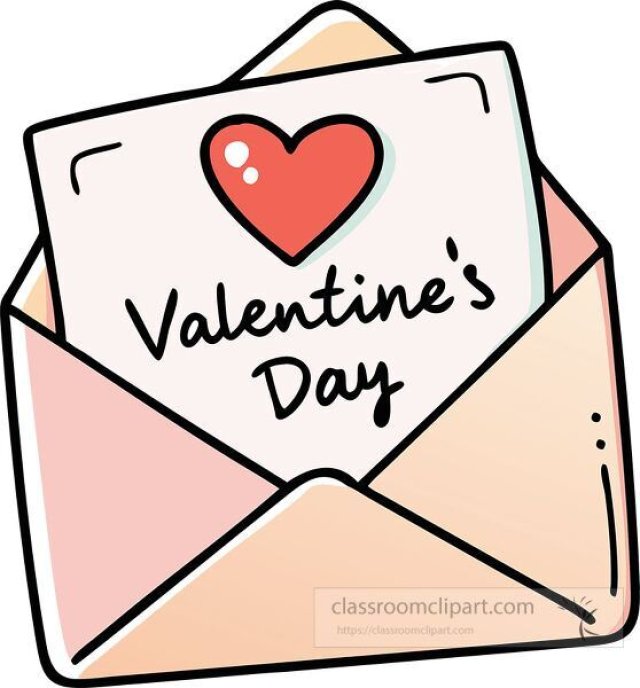
🌹 Introduction
Every February 14, people all over the world exchange cards, flowers, chocolates, and kind words to celebrate Valentine's Day. While it's often thought of as a holiday for couples, Valentine's Day is also about friendship, kindness, and appreciation for the special people in our lives. Classrooms buzz with the exchange of handmade cards, families share small treats, and streets are filled with hearts and red decorations.
The history of Valentine's Day stretches back over 1,500 years and combines ancient traditions with modern customs. From stories of a kind-hearted saint to the exchange of sweet messages, Valentine's Day has become a time to express love in all its forms - for family, friends, and communities.
📜 History and Origins
Valentine's Day is named after Saint Valentine, a Christian priest who lived in Rome during the 3rd century. According to legend, he performed secret marriages for couples when the Roman emperor had banned them. Valentine was eventually imprisoned and, before his death, sent a letter signed "from your Valentine," a phrase still used today.
Over the centuries, February 14 became linked to love and romance. In medieval Europe, people believed that birds began their mating season in mid-February, adding to the holiday's romantic theme. By the 18th and 19th centuries, exchanging handwritten notes and small gifts became a common tradition.
💌 Traditions and Customs
💐 Gift-Giving
Flowers, especially red roses, are given to symbolize love and admiration. Chocolates and sweets are also popular gifts.
💝 Valentines Cards
Cards decorated with hearts, lace, and cupids are exchanged between friends, classmates, and loved ones.
🕊️ Acts of Kindness
In some schools and communities, people use Valentine's Day as a chance to spread kindness, share compliments, or volunteer to help others.
🌟 Symbols and Meanings
-
❤️ Heart - Love, compassion, and friendship.
-
🕊️ Dove - Peace and devotion.
-
🌹 Red Rose - Romantic love and admiration.
-
🏹 Cupid - The Roman god of love, often shown with a bow and arrow.
🌍 How It's Celebrated Today
Valentine's Day is celebrated in many countries, but traditions vary. In Japan, women give chocolates to men, and men return the gift a month later on White Day. In Finland, the holiday is called "Friend's Day" and focuses on celebrating friendships. In the United States, schools often hold Valentine's exchanges, and many families enjoy baking or crafting together.
💡 Fun Facts
-
💌 Around 145 million Valentine's cards are exchanged each year in the U.S.
-
🌹 Red roses are considered the favorite flower of Venus, the Roman goddess of love.
-
🍫 Richard Cadbury created the first heart-shaped chocolate box in 1861.
-
🐦 Geoffrey Chaucer, a poet from the Middle Ages, helped connect Valentine's Day with romantic love in his writings.
📚 Vocabulary List
-
Saint Valentine - A Christian priest and the holiday's namesake.
-
Admiration - Respect and warm approval.
-
Cupid - Roman god of love.
-
Devotion - Strong love, loyalty, or dedication.
-
Tradition - A custom passed down through time.
-
Compassion - Concern for others.
-
Compliment - A polite expression of praise.
-
Romance - A feeling of love or attraction.
📝 Key Takeaways
-
Valentine's Day began with the story of Saint Valentine.
-
It celebrates love, friendship, and kindness.
-
Traditions include exchanging cards, flowers, and chocolates.
-
Symbols include hearts, roses, doves, and Cupid.
-
Different cultures celebrate in unique ways.
🧠 Interactive Quiz
1. Who was Valentine’s Day named after?
A) A Roman emperor
B) A Christian priest
C) A poet
D) A flower seller
2. What flower is most associated with Valentine’s Day?
A) Lily
B) Red rose
C) Tulip
D) Daisy
3. Which Roman god is often linked to Valentine’s Day?
A) Jupiter
B) Cupid
C) Mars
D) Apollo
4. In which country is Valentine’s Day known as “Friend’s Day”?
A) Japan
B) Finland
C) France
D) Italy
5. What kind of gifts are most commonly exchanged on Valentine’s Day?
A) Jewelry
B) Chocolates and flowers
C) Fruit
D) Books
6. Who helped connect Valentine’s Day with romantic love through his writings?
A) William Shakespeare
B) Geoffrey Chaucer
C) Julius Caesar
D) Leonardo da Vinci
7. What shape is most often used on Valentine’s Day cards?
A) Star
B) Circle
C) Heart
D) Diamond
8. When do people in Japan give return gifts for Valentine’s chocolates?
A) A week later
B) On White Day
C) On Christmas
D) On New Year’s Day


















































